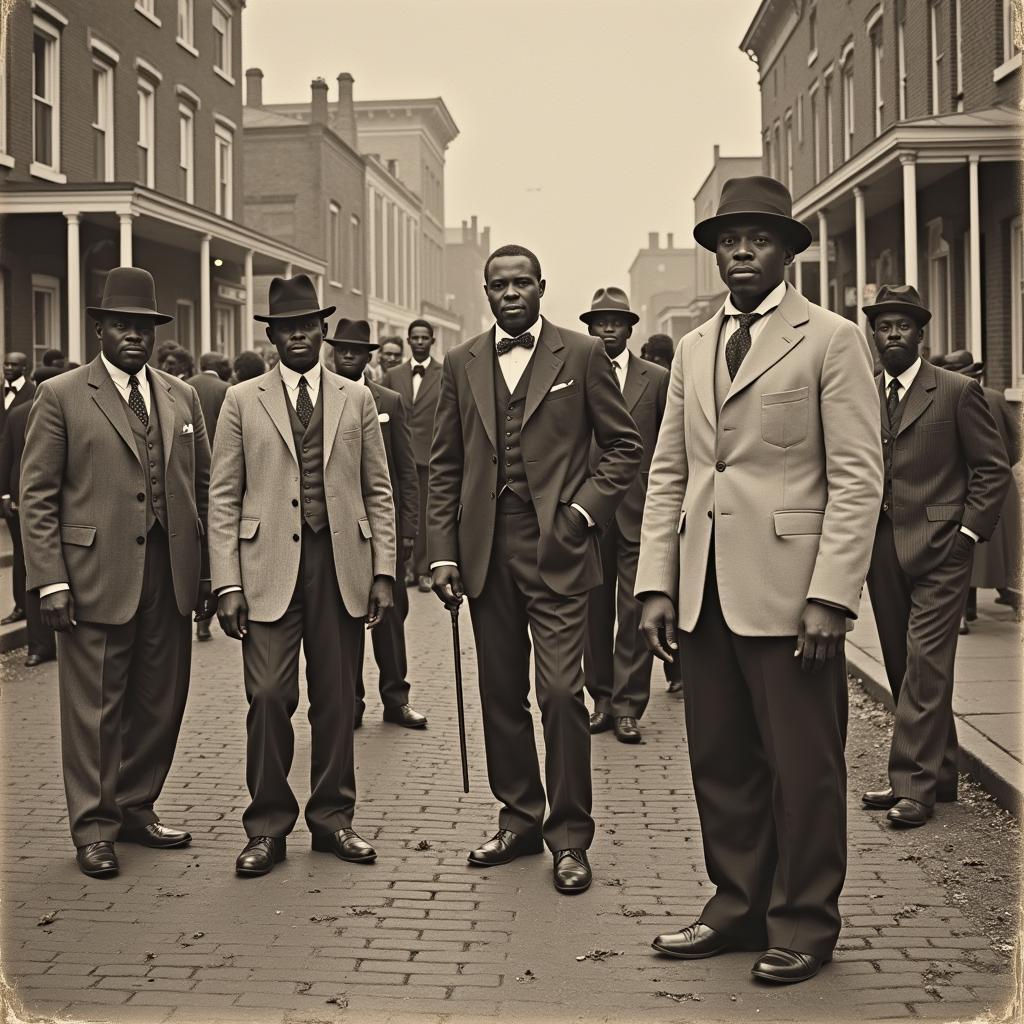African Knife: A Glimpse into Cultural Heritage and Functionality
The term “African Knife” often evokes curiosity, conjuring images of intricately designed blades with a rich history. While not referring to a single, specific knife, it encompasses a diverse array of bladed tools found across the African continent. These knives are deeply intertwined with the cultural identity of various ethnic groups, serving both practical and ceremonial purposes.
Beyond the Blade: Understanding the Significance of African Knives
African knives are more than just tools for cutting; they represent a tangible link to a region’s heritage and traditions. From the nomadic tribes of the Sahara to the bustling markets of West Africa, each knife tells a story of craftsmanship, cultural beliefs, and daily life.
Functionality Shaped by Tradition
The design and materials used in African knives often reflect the specific needs and resources of the communities that created them. For example:
- Hunting knives, essential for sustenance, are typically characterized by sturdy blades and ergonomic handles, crafted for strength and precision.
- Ceremonial knives, used in rituals and ceremonies, showcase intricate carvings and embellishments, reflecting spiritual beliefs and social status.
- Everyday carry knives, designed for various tasks like food preparation and crafting, demonstrate practicality and adaptability in their design.
Materials and Craftsmanship: A Legacy Passed Down Generations
The creation of an African knife is a testament to the skills passed down through generations. Blacksmithing, a highly respected profession, involves transforming raw materials like iron, copper, and even recycled metal into durable blades.
 African Blacksmith
African Blacksmith
Handles, often crafted from natural materials like wood, bone, or horn, are not merely functional but also serve as canvases for artistic expression. Intricate carvings, decorative wirework, and the use of precious metals elevate these tools into objects of beauty and cultural significance.
Exploring Regional Variations: A Tapestry of Designs
The diversity of African cultures is reflected in the wide array of knife designs found across the continent.
- The Maasai of East Africa: Known for their iconic rungu throwing knives and the ol alem, a double-edged sword symbolizing strength and warriorhood.
- The Yoruba of West Africa: Celebrated for their ceremonial knives, often featuring ornate handles depicting deities and important figures.
- The Berber tribes of North Africa: Recognized for their curved daggers, like the koummya, often adorned with intricate silverwork and coral embellishments.
African Knives in the Modern World
While traditional knife-making practices continue to thrive in many parts of Africa, these blades have also found their way into the global market. Collectors are drawn to their craftsmanship and cultural significance, while others appreciate their functionality and unique aesthetic.
However, it’s crucial to approach the purchase and appreciation of African knives with sensitivity and respect. Understanding their cultural context and supporting ethical sourcing practices are essential to preserving the heritage they represent.
Conclusion: Appreciating the Legacy of the African Knife
The African knife, in its myriad forms, transcends its functional purpose to become an embodiment of cultural heritage, artistic skill, and historical narratives. By exploring the diverse designs, materials, and craftsmanship, we gain a deeper appreciation for the rich tapestry of cultures that make up the African continent. As we admire these knives, let us remember and respect the traditions and stories they carry with them.


